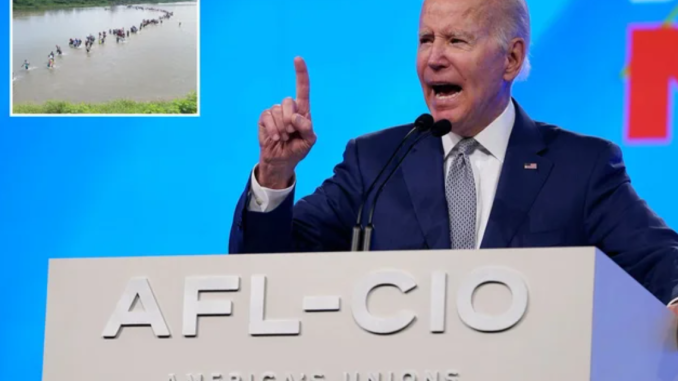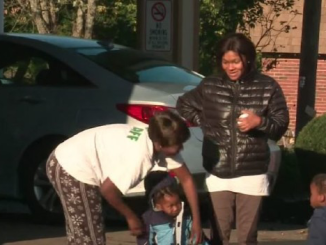
In a blow to states that sued the Biden administration to bring the border under control, the Supreme Court ruled Thursday that the Department of Homeland Security isn’t required to continue the Trump-era Migrant Protection Protocols — better known as “Remain in Mexico” — and that lower courts can’t force the government to send illegal migrants back across the border to await their immigration hearings.
That opinion punted to the lower courts the most important questions: Can the administration continue releasing thousands of migrants daily? And what obligations does the president have to enforce the laws Congress wrote?
Unlike every previous president, Joe Biden has no policy to deter illegal entrants. Instead, his administration believes its responsibility is ensuring that there are “safe, orderly, and legal pathways” for every alien who enters the United States — legally or otherwise — to seek asylum.
That is, in part, why the administration is fighting to terminate pandemic-related orders issued by the Centers for Disease Control and Prevention under Title 42, directing the expulsion of migrants who have entered illegally. Expelled aliens can’t apply for asylum, a process that can take years and a protection that only 14% of border asylum claimants historically have received.
Border Patrol agents at the southwest border set a new monthly record for apprehensions in May.
AP/Oscar Rivera
In the absence of a border deterrence policy, illegal entries have soared. Border Patrol agents at the southwest border apprehended a record number of illegal entrants in fiscal year 2021 and set a new monthly record for apprehensions there in May.
All told, CBP has encountered more than 2.7 million illegal immigrants at the US-Mexico line since February 2021. DHS expelled about 53% of them under Title 42, but more than 1.28 million others were processed for removal proceedings, and the administration has released nearly 1.05 million of those into the United States — where they will remain indefinitely — through the end of May.
That’s not how it’s supposed to work. The immigration laws require DHS to detain illegal migrants, with one exception. Congress gave the department very limited authority to “parole” individuals into the United States, but only “for urgent humanitarian reasons or significant public benefit.”
DHS asserts the surge of migrants at the southwest border has overwhelmed its detention capacity, though Immigration and Customs Enforcement is not using all of its detention beds and the president wants Congress to cut detention space by more than a quarter in FY 2023. Therefore, the administration argues, releasing illegal migrants into the United States on parole is a “significant public benefit.”
The Supreme Court ruled narrowly, finding that DHS has discretion to return illegal migrants back to Mexico to await their hearings and thus also has discretion not to. Additionally, the justices held that DHS Secretary Alejandro Mayorkas’ latest memo terminating MPP was a final agency action, separate from an earlier version courts had found violated the Administrative Procedure Act. Finally, it determined that lower courts can’t order the sorts of class-wide injunctive relief that had stymied numerous Trump administration immigration initiatives.
That leaves it to the lower courts to determine whether the law requires illegal migrants to be detained and to assess whether Congress has placed restrictions on the administration’s authority to release illegal migrants on parole and, if so, what those restrictions entail.
Congressional Republicans hostile to the president’s border policy will have their say on these issues if they gain control in November, too. Thursday’s Supreme Court opinion is a setback to the states, but it’s far from the last word on Biden’s border policies.
Andrew Arthur is a former INS associate general counsel, congressional staffer and staff director, and immigration judge who now serves as the resident fellow in law and policy at the Center for Immigration Studies.
* Article from: The New York Post


